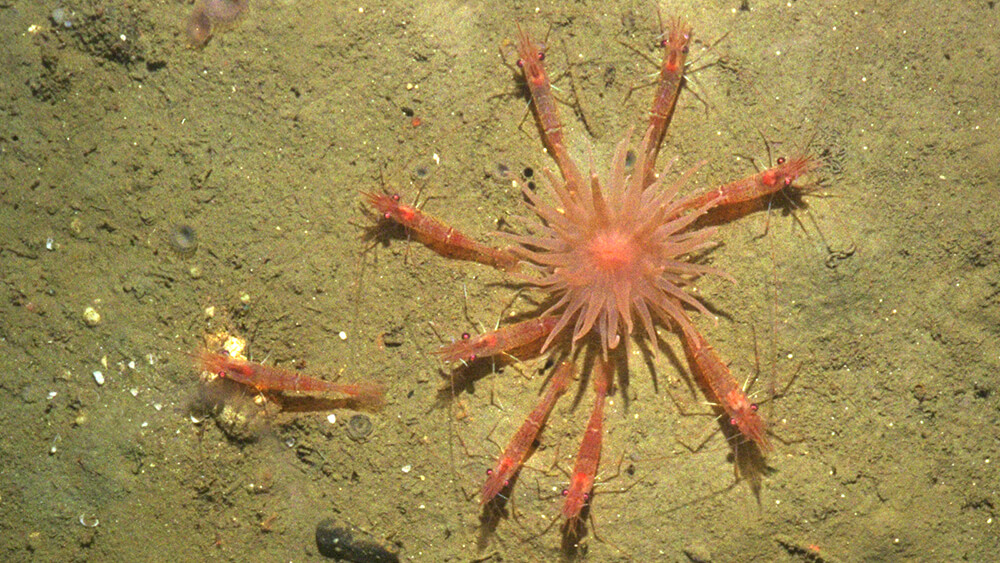Geology

As a nationally designated marine protected area and historical fishing ground in the Exclusive Economic Zone, the sanctuary has become an important study area for the U.S. Geological Survey (USGS), beginning with mapping surveys in 1994. In addition to delineating sea floor topography through multibeam sonar surveys and characterizing sediments through backscatter readings and physical sampling, USGS has named previously anonymous features, basing many of those names on local fishermen's traditional labels for the sites.
National Seafloor Mapping and Benthic Habitat Studies
The multi-agency National Seafloor Mapping and Habitat Studies – Atlantic project has produced high-resolution seabed maps for a 630 square kilometer area of Stellwagen Bank and its adjacent basins. The maps show the distribution of geologic materials and structures that form seabed substrates. This sediment characterization has been done at a resolution never before achieved (1 centimeter on the map represents 250 meters on the seafloor). This work provides a reliable foundation for seafloor research and resource management, as mandated by the new National Ocean Policy. Data and map products include: multibeam sonar survey, topographic & backscatter imagery, sediment sampling, video/photo imagery, 93 map sheets as of 2018, and study of the nearby Massachusetts Bay Disposal Site.
SeaFloor Topography and Geographic Names
Maps showing the sea-floor topography of the Stellwagen Bank National Marine Sanctuary region have been published in both paper and digital formats by U.S. Geological Survey. The 18-map series shows the sun-illuminated topography of each of the quadrangles, including a description of seabed features. During the mapping project, many seabed features were named for the first time. Download the digital quadrangles and read about the geographic features.
Seafloor Mapping
Seafloor mapping was a cooperative effort of the U.S. Geological Survey (USGS) and NOAA, with technical support from the University of New Brunswick and the Canadian Hydrographic Service. Surveys done from 1994-96, using a multibeam echo sounder to map 1,100 square nautical miles of the seafloor, resulted in a series of maps, showing topography, sun-illuminated topography, backscatter intensity, ruggedness, slope, and the distribution of boulder ridges and bedrock outcrops in the sanctuary region.

